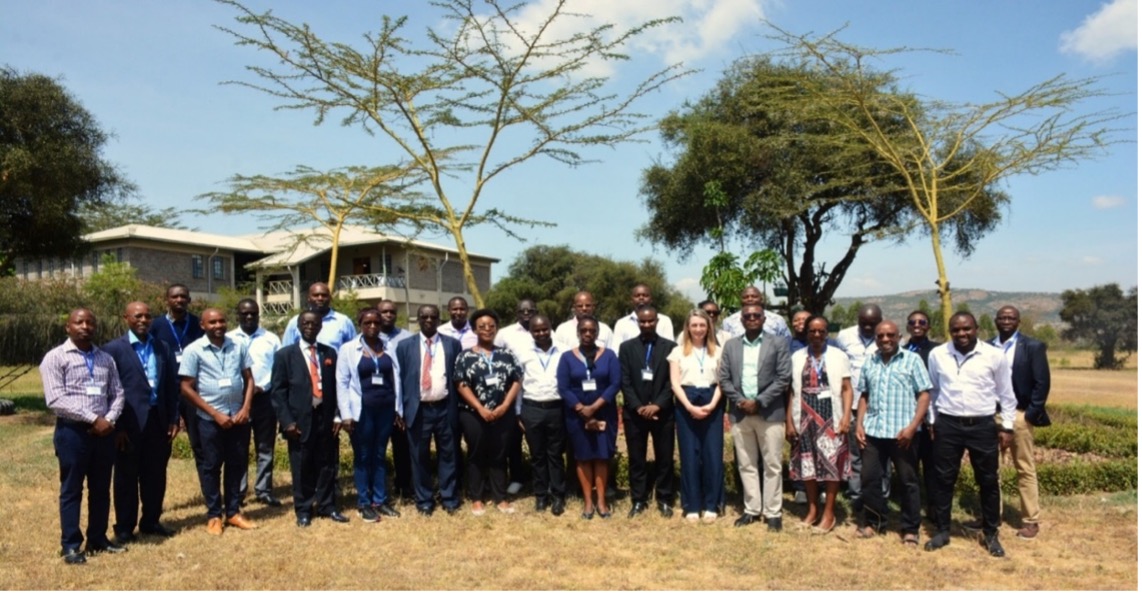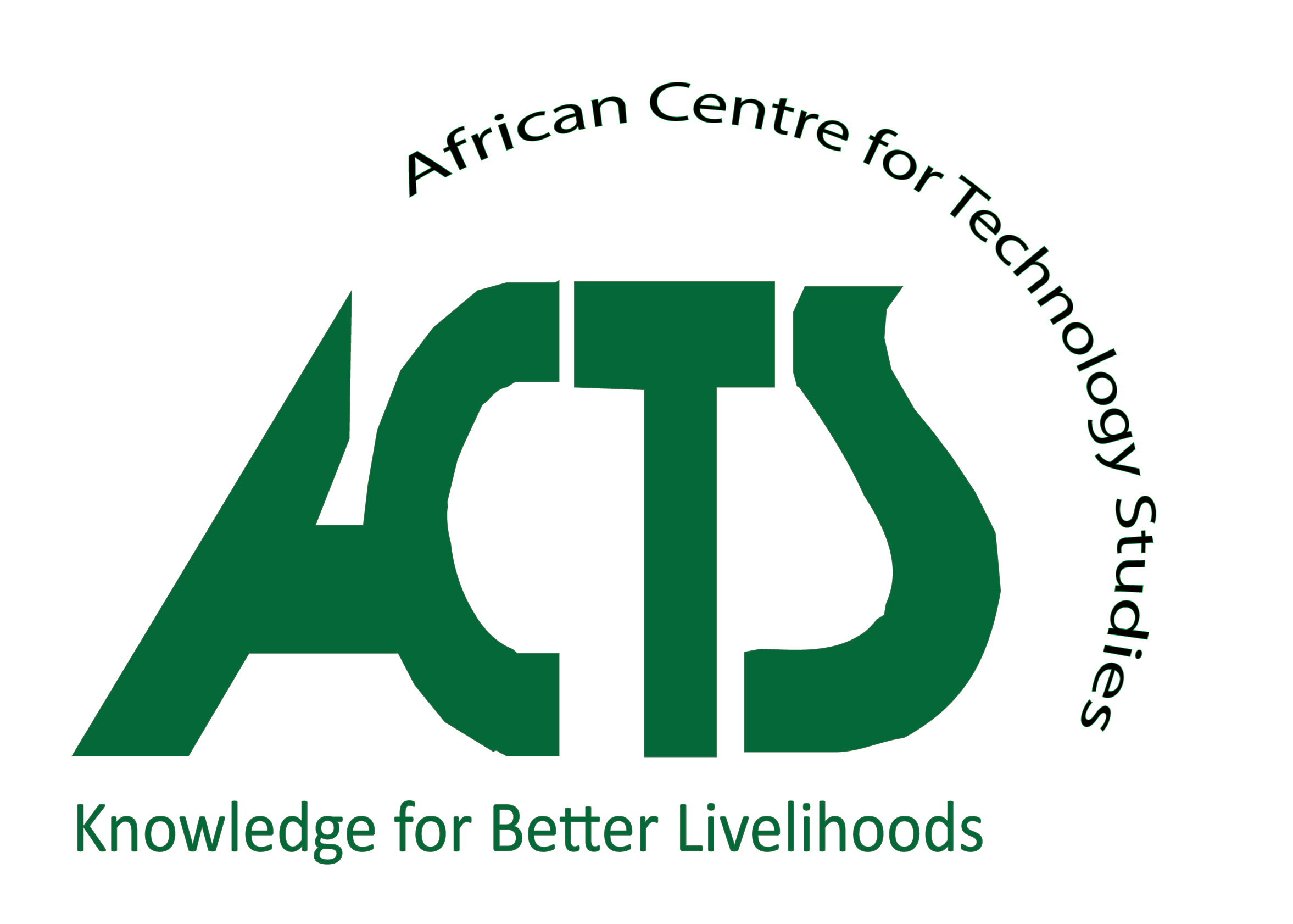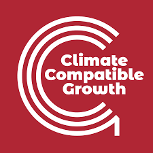Issue 2
May 2024
By Ann Kingiri and Yvonne Gitu
Introduction
The Kenya electricity generation has grown remarkably, with an estimated 88% of its grid mix in 2022 coming from renewables, mainly geothermal, wind and solar electricity. This is partly attributed to the changing and favourable policy environment, country’s obligations to international treaties of achieving 100% renewable electricity in grid. Whereas the country prides itself in its expansion of solar and wind technologies, these sources only accounted for 16% of the total generation mix in the 2022/23 financial year. This notwithstanding, Kenya is perceived to have unexploited opportunities for the expansion of renewable energy (RE) resources, in part due to policy implementation related barriers and challenges.
The Feed-in Tariffs (FiTs) and renewable energy auctions (REAs) policies could further facilitate renewable energy (RE) expansion for energy access on a broader scale. However, some implementation related challenges of these policies contribute to the limited success and unchanged electricity tariffs. The need to re-assess Kenya’s RE policies is crucial for achieving the Sustainable Development Goal (SDG) number 7, relating to ensuring access to clean and affordable energy by 2030. It is in this context that the collaborative Energy Policy project (Box 1) was initiated. As part of this project, a co-knowledge generation workshop was held on 19 March 2024 that involved key stakeholders in the RE ecosystem. This blog distils the stakeholders’ perspectives in relation to Kenya’s transition to sustainable energy through the FiTs and auctions more generally.

A stakeholders’ workshop was held on 19 March 2024 at Maanzoni Lodge, Kenya, under the title “Stakeholders validation workshop: Policies for enhanced transition to sustainable energy systems in Kenya”. The workshop brought together over 35 participants from diverse backgrounds, including government officials, policymakers, academia, and private sector representatives. The main objective of the workshop was to present the project’s findings and enhance a collective use of evidence for policy change. In view of this, the workshop was designed to enhance an interactive conversation with the participants, validate the results of the project and further co-create relevant knowledge that may positively shape the development and deployment of new or emerging RE policies in Kenya. The participants engaged actively in the different sessions and well thought out plenary sessions. The deliberations during the breakout groups’ discussion elicited key insights around Kenya’s energy transition pathway, including the transition from FiTs systems to REAs (see Box 2 for clarity on these systems). The workshops deliberations were also captured in the social media - see for instance Twitter: ACTS Twitter; SEI Twitter and Linkedin.


Participants of the Stakeholder workshop at Maanzoni Lodge, Kenya
Study Findings and Key messages from the workshop’s deliberations
(a) Renewable Electricity Deployment in Kenya: A critical review of the extant Literature
The project undertook a thorough literature review of major policies and strategies documents developed between 2008 to 2023 as well as peer reviewed journal articles. The systematic approach to the review focused on barriers, challenges, opportunities and enablers of implementation of FiTs and REA policies. Table 1 presents the key highlights of the review.
Table 1: Key highlights from Literature review

(b) Key highlights from the key informants interviews (KIIs) about the FiTs and REAs policies
- The transition and adoption of the REAs policy is slow in Kenya.
- There is lack of local stakeholders’ engagement by the Ministry of Energy and the relevant agencies.
- The auction policy has the potential to spur technological innovations, employment, openness, reduce the cost of power as well as create a competitive environment for the private sector.
- The FiTs are notably driver of innovation and may provide a fair rate of return on investments.
- There are concerns over transparency issues surrounding the FiTs deployment.
- There is need for energy mapping across the country to inform expansion plan through auctions.
(c) Powering Kenya through FiTs and REAs: An overview of multi-stakeholder efforts
An online survey conducted in July 2023, sought to gather insights from stakeholders regarding the FiTs and auctions policies. Key highlights from the survey findings include:
- The Ministry of Energy was found to be strongly engaged, while academia and research institutions were weakly engaged in the RE sector.
- There was agreement that FiTs and REAs policies provide an enabling environment for enhanced RE deployment and uptake in Kenya. However, the policies implementation is hampered by policy and institutional challenges.
- Among the two policy instruments, the FiTs policy is relatively well understood with recorded low awareness of the auction policy which has contributed to a relatively higher demand for FiTs technologies.
- There is inadequate infrastructural and low financial capacity in the implementation of the FiTs and REAs systems.
(d) Breakout Groups Discussion – deliberations
This interactive session set out to engage the participants in order to generate an understanding about the future of the Kenya’s energy transition pathway through the lens of the FiTs and REAs policies. The participants were organized into three groups and presented with guiding discussion questions.
- How can stakeholders be engaged through a transdisciplinary approach to co- develop future scenarios for transitioning to sustainable energy? What will this transition pathway entail?
- What are some of the challenges and solutions in transitioning from FiTs to REAs?
- What are the practical strategies to implement the solutions you have provided?
Stakeholders and Engagement Strategies
- In transitioning to energy auctions, all the stakeholders play a crucial role, and effective engagement strategies are essential.
- It is imperative to identify and incorporate stakeholders from various sectors into the process of transitioning to RE.
- The academia and researchers must be engaged to provide valuable insights and expertise for the effective implementation of these
- To ensure comprehensive policy formulation, there is a need for multidisciplinary committees and deliberate awareness initiatives.
- Capacity building for county governments and energy mapping are essential to facilitate informed decision-making.
- Addressing challenges related to risk allocations and complex pricing structures, is a key priority in the transition process.
- Planning for future energy transition scenarios in Kenya is important for enhanced smooth and successful
Challenges and Solutions in Transitioning to Renewable Electricity Auctions
- Grid integration and energy storage deficiency are significant hurdles that can be tackled through the digitalization of power systems in addition to the prioritization of investments in RE storage infrastructure.
- Deficits in financing is a challenge that calls for economic stimulation supported by clear regulatory frameworks and clear commitments to the implementation of policies.
- Absence of litigation mechanisms could potentially disrupt the transition and can be addressed by implementing robust regulation and arbitration frameworks.
- Inadequate assessment of available and potential RE resources is a challenge that can be addressed by conducting RE resource mapping.
- The cost of energy is a challenge that can be mitigated through rethinking the development of least-cost development plans.
- Lack of demand for RE poses a challenge to the transition, which could be addressed through the establishment of industrial parks.
Practical Strategies for Implementation
In transitioning to energy auctions, some practical strategies for implementation were proposed.
- Involving grassroots actors and assigning clear responsibilities to various stakeholders involved in the transition
- Developing clear energy policy frameworks supported by clear regulation guidelines for transition to the REAs.
- Addressing energy costs and refining regulatory mechanisms to ensure energy efficiency and effectiveness.
- Revising timeframes for implementation and harmonizing the transition plan with the Least Cost Power Development Plan to ensure alignment with broader energy goals.
- Fostering public-private partnerships to enhance the transition process.
Conclusion and key recommendations: key points for policy interventions
For an effective powering of Kenya's energy transition through the Feed-in Tariffs (FiTs) and Renewable Energy Auction (REAs) policies, there are a number of concerns and proposed recommendations that are worthy noting for policy and practice.
- Political economy around RE deployment in Kenya may attract uncertainty that may hinder investment in REAs more generally.
- The auction policy’s major objective should be to promote investment in renewable electricity at a low cost and should promote private sector bidding to generate and supply electricity at the agreed price.
- The RE stakeholders hold different opinions on how the RE auction policy instrument may impact investments and this should be factored in the overall RE policies implementation process.
- There is need for effective stakeholder engagement, including grassroots One way to deal with this is through the establishment of multidisciplinary committees supported by assignment of clear responsibilities, and clear regulatory guidelines.
- The transition calls for capacity strengthening across the stakeholders’ groups, including the academia and county governments.
- Transitioning to renewable electricity auctions must address the complex market and infrastructural challenges that include risk allocation, complex pricing structures, grid integration, financing deficits, and inadequate resource assessment.
- There is need to address the energy costs and refine the regulatory mechanisms related to this.
- Some practical strategies to addressing some of the institutional and infrastructural challenges include digitalizing power systems, establishing clear regulatory frameworks, and creating industrial parks to boost demand for RE.
- Overall, aligning the transition plan with the broader energy goals is critical for successful implementation of the REAs.
Acknowledgements
This project was implemented by the African Centre for Technology Studies (ACTS) and the Stockholm Environment Institute (SEI), with technical support from the Climate Compatible Growth (CCG) consortium led by Julia Tomei (University College London, UCL, UK) and Stephanie Hirmer (Oxford University, UK). It was supported through the CCG - Flexible Research Fund (FRF), advanced by the Foreign and Commonwealth Development Office (FCDO) and delivered by Loughborough University, UK. The project team from both ACTS and SEI also acknowledges the great support from the project’s participants.
 |
 |
 |

